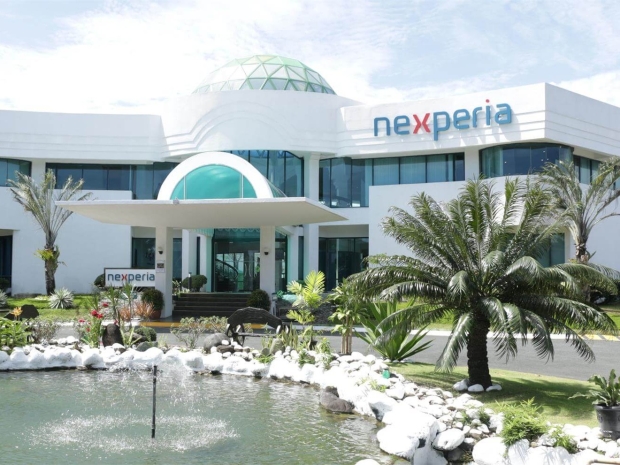In a memo plastered across internal channels, Nexperia China told employees to follow only the domestic management team, which would “operate and make decisions independently as a Chinese enterprise”. Staff were even told they could refuse to carry out any orders sent through Outlook or Teams and to report “outside pressure” directly to HR.
The order followed the Dutch government’s recent seizure of management control of Nexperia, after Washington made it clear the company would stay on the US export blacklist while its Chinese chief executive remained in charge. Beijing retaliated by blocking most of the company’s finished chips from leaving the country.
Nexperia’s Dutch HQ fired back, accusing its Chinese wing of spreading “falsehoods” that the firm and the Dutch government had walked away from China.
“We regret that certain individuals see the need to spread these falsehoods,” the company said, adding that it still hoped for “a solution that brings stability for its employees.”
An employee at the Chinese site told the Financial Times that “we are in great internal disorder right now and the situation is very unclear.”
It’s not hard to see why: one government has seized control of the company while the other has seized its output.
Nexperia makes bog-standard semiconductors used in cars for everything from airbags to electric windows, and 80 per cent of its final products come out of China. The Chinese commerce ministry’s export squeeze is now sending shivers down Europe’s automotive supply chain.
Dutch economy minister Vincent Karremans is set to meet his Chinese counterpart Wang Wentao in the coming days in a last-ditch effort to keep the factory lights on.




